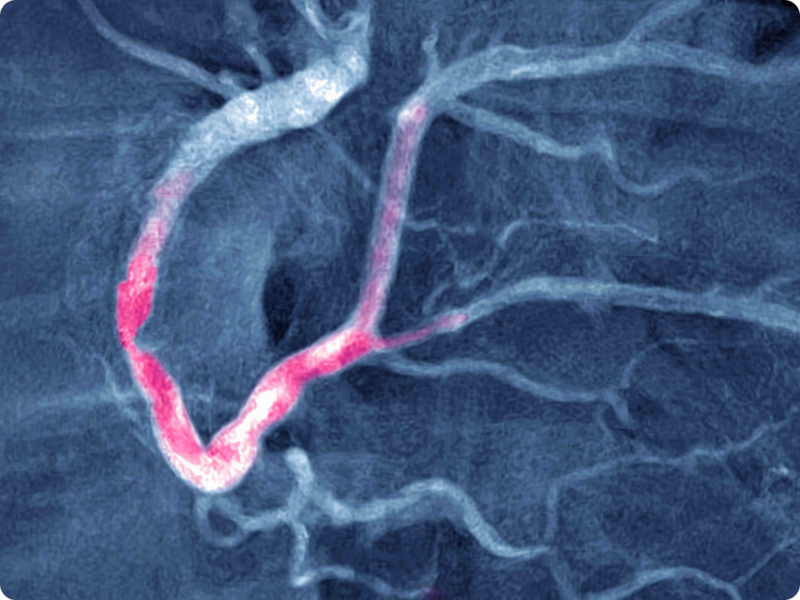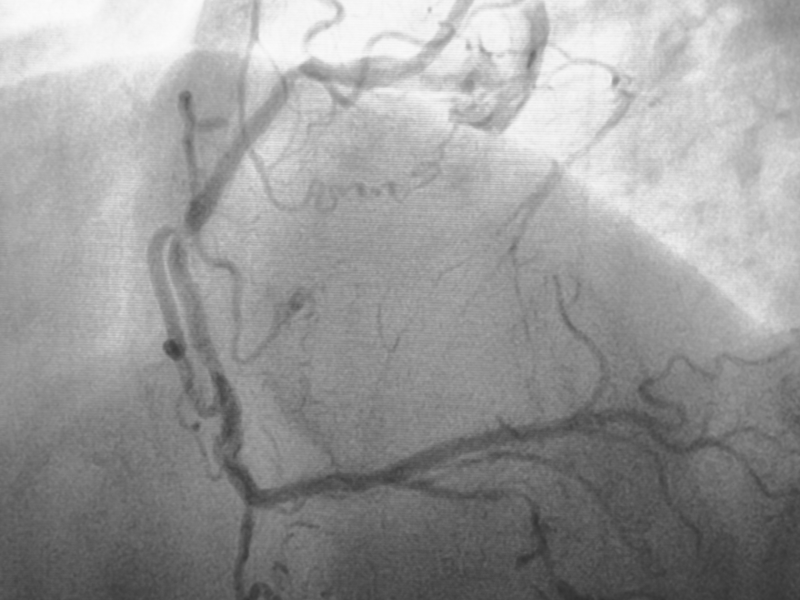A deep dive into hemodynamic calculations with Merge Hemo
Discover how Merge Hemo streamlines hemodynamic calculations like cardiac output, shunts, and resistances to enhance patient care and clinical decision-making.

The story at a glance
- Accurate, advanced hemodynamic monitoring is fundamental to patient care in the cardiac cath lab. These calculations provide the critical insights needed for a confident and effective treatment plan.
- From cardiac output to complex shunt measurements, having a reliable system to manage these calculations is essential for efficient workflow and positive patient outcomes.
- Merge Hemo, ranked best in KLAS for over 13 years for hemodynamics, streamlines complex calculations to support better clinical decision-making.
Setting up for success
The foundation of accurate hemodynamic calculations begins with proper case setup. Before any measurements are taken, entering key patient data like height, weight, hemoglobin, and creatinine into the system is crucial. Merge Hemo uses this information to automatically calculate values like Body Surface Area (BSA), which is essential for indexed calculations later in the procedure.
It also allows for flexibility. For example, while a hemoglobin value from pre-procedure labs can be used as a default, a newer value obtained during the procedure can be entered and used for specific calculations. This ensures that the most current and accurate patient data is always factored into the results, providing a more precise clinical picture.
Recording right and left heart pressures
Once the case is underway, Merge Hemo offers multiple ways to record pressure waveforms, catering to different physician preferences and clinical scenarios. The standard method involves capturing individual pressures as the catheter is advanced through the heart chambers (RA, RV, PA, Wedge).
The system also supports a more traditional “pullback” technique. This method involves a continuous recording as the physician pulls the catheter back from the wedge position through the right heart. Using the “record in the future” function, the system can capture up to 120 seconds of data at a time. As the catheter moves through each chamber and the waveform changes, the user simply clicks the corresponding label (e.g., PA, RV, RA). This creates a single, comprehensive recording of all right heart pressures, providing a continuous view of the pressure changes across the valves.

Similarly, for the left heart, the system efficiently captures LV and AO pressures, including the common LVAO pullback. This recording is vital for assessing gradients across the aortic valve. The system’s flexibility allows clinicians to capture the necessary data quickly and accurately, regardless of the technique used.

Calculating cardiac output: Thermo and Fick
Cardiac output is a cornerstone of hemodynamic assessment. Merge Hemo supports the two primary methods for its calculation: thermodilution and the Fick principle.
Thermodilution cardiac output
For thermodilution, the process is straightforward. The user initiates the measurement, and the system guides them through the injection process. An important feature is the ability to manage multiple measurements. If a physician decides a specific reading is an outlier, you can simply uncheck “use in calculation” in the Chronolog. This removes it from the average without permanently deleting the data, allowing it to be easily re-included if needed. It also preserves the integrity of the record while ensuring the final averaged value is clinically sound.
Fick cardiac output
Calculating Fick cardiac output requires both an arterial (AO) and a mixed venous (PA) oxygen saturation sample. Once these values are entered, Merge Hemo automatically calculates the Fick cardiac output. For example, when a significant discrepancy exists between the thermodilution and Fick outputs, Merge Hemo shows how the system handles complex situations, such as shunts.
Uncovering insights with shunts and resistances
One of the most impactful capabilities of Merge Hemo is its ability to simplify complex shunt and resistance calculations.
Shunt calculations
Identifying and quantifying intracardiac shunts is critical. The process in Merge Hemo is simple. After entering the necessary saturation data from various locations (e.g., SVC, IVC, RA, PA), all that’s left to do is navigate to the “Saturations and Shunts” screen . The system automatically detects any significant step-up in oxygen saturation and calculates the shunt, showing the QP/QS ratio. For example, a large shunt demonstrates the discrepancy between the thermodilution and Fick cardiac outputs, showcasing the system’s diagnostic power.

Resistance calculations
Once cardiac output and pressure data are available, the system can calculate systemic vascular resistance (SVR) and pulmonary vascular resistance (PVR). A key workflow tip is the calculation order. For example, the Qs/Qp calculations for resistance cannot be performed until the shunt values have been reviewed on the shunt screen. By selecting the appropriate waveforms (RA, PA, Wedge, and AO) for use “in resistances,” Merge Hemo automatically populates all the necessary fields, delivering these crucial values without manual effort.
Fine-tuning waveforms and gradients
Merge Hemo provides extensive tools for analyzing and adjusting waveforms to ensure the most accurate gradient and valve area calculations.
On the hemodynamics screen, users can review all recorded waveforms. For valve calculations, like the mitral or tricuspid valve, the system allows you to slide the atrial waveform (V-wave) to align correctly with the down-slope of the ventricular beat. This visual adjustment ensures the mean gradient is measured accurately. For any calculation, you can click the question mark icon to view the exact formula used, along with the values plugged into it, offering complete transparency.

The system also allows for manual editing of R-wave markers. If a beat is missed or incorrectly marked, users can insert, delete, or move R-wave markers. This action instantly updates the heart rate calculation and ensures that analysis is based on a correct RR interval. This level of control is vital for achieving precision in all subsequent calculations.
A partner in clinical excellence
From basic blood pressure recordings to complex shunt analysis, Merge Hemo is designed to streamline diagnostic workflows, enhance accuracy, and provide clinicians with the data they need to make confident, critical care decisions.
By automating complex processes, creating a streamlined user experience, and providing a transparent, flexible hemodynamic monitoring system, Merge Hemo is a reliable partner in the cath lab.
Contact us if you’d like to learn more about how Merge Hemo can support your cardiology team.
Related Articles

A guide to cloud solutions for cardiology imaging
Discover the benefits, strategies, and low-risk steps for moving your cardiology...
By Tomer Levy | 5 min. read

Strategic cardiology themes highlighted at the 2025 Merge User Conference
The 2025 Merge User Conference, held June 22-25 in Nashville, TN, brought together...
By Merative | 2 min. read

How Duly Health and Care streamlined cardiology reporting with a Best in KLAS CVIS solution
Dr. Sujith Kalathiveetil, cardiologist and Director of Advanced Imaging,...
By Terry Ronan | 2 min. read
Ready for a consultation?
Our team is ready to answer your questions. Let's make smarter health ecosystems, together.
